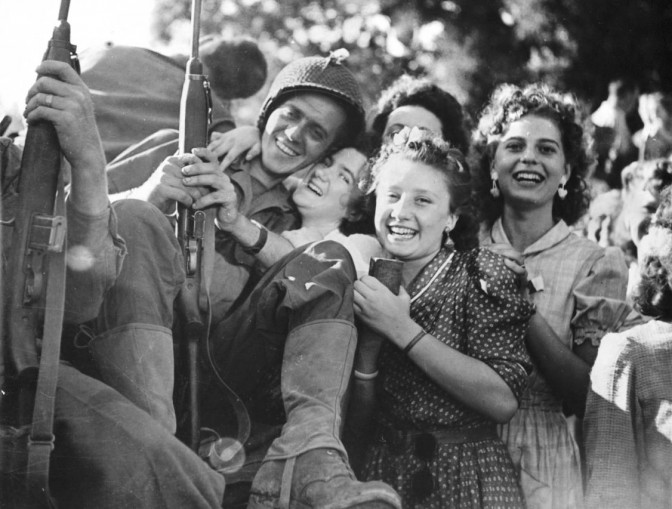To understand your ancestors’ lives better, it can help to create a town timeline showing you what was going on at the time.
Here are some samples from my own research projects that show how understanding local history can help:
- During the Eighty Years’ War, the Dutch Republic recruited regiments from all over Europe to help fight the Spanish. Some of these foreign regiments were stationed at a town where my ancestors lived. One of the Scottish mercenaries married a local girl and became my ancestor.
- The castle of Bredevoort blew up in 1646. One of my ancestors was in the Bredevoort garrison, and he died between 1645 and 1647. Was he on duty and did he die in the catastrophe?
- A draft of unmarried man was announced shortly before an ancestors’ marriage in 1806. He escaped military service by marrying just in time. He would have had to serve in Napoleon’s army, and may have ended up dying on the way to Moscow, like so many of the young men from his village.
- Potato crops failed in the mid 1840s. Several people from poor rural areas of the Netherlands emigrated to the United States in those years, citing economic reasons.
- Many Dutch girls welcomed American, British, Polish, and Canadian soldiers when they liberated the Netherlands in 1944/5. Was an allied soldier the father of an illegitimate child born nine months later?
You can easily create a town townline in a spreadsheet like Google Docs or Excel. Some genealogy programs also allow you to add historic events and show a timeline that combines family and historical events.

Allied soldier hugged by girls. Source: Collection Anefo, Nationaal Archief.


What a great idea? We make timelines for our ancestors lives, but don’t think to make one for their town, province or country…. makes sense! Thank you!
The 1 Aug 1945 date on the photo (http://www.gahetna.nl/collectie/afbeeldingen/fotocollectie/zoeken/weergave/detail/q/id/82bf474b-fde8-544b-b7b8-07338ecdb79f) does not correspond with the description that it was taken during the liberation of Paris, which was in 1944.